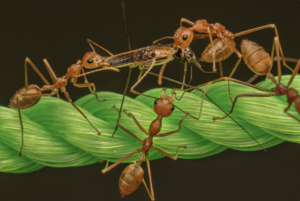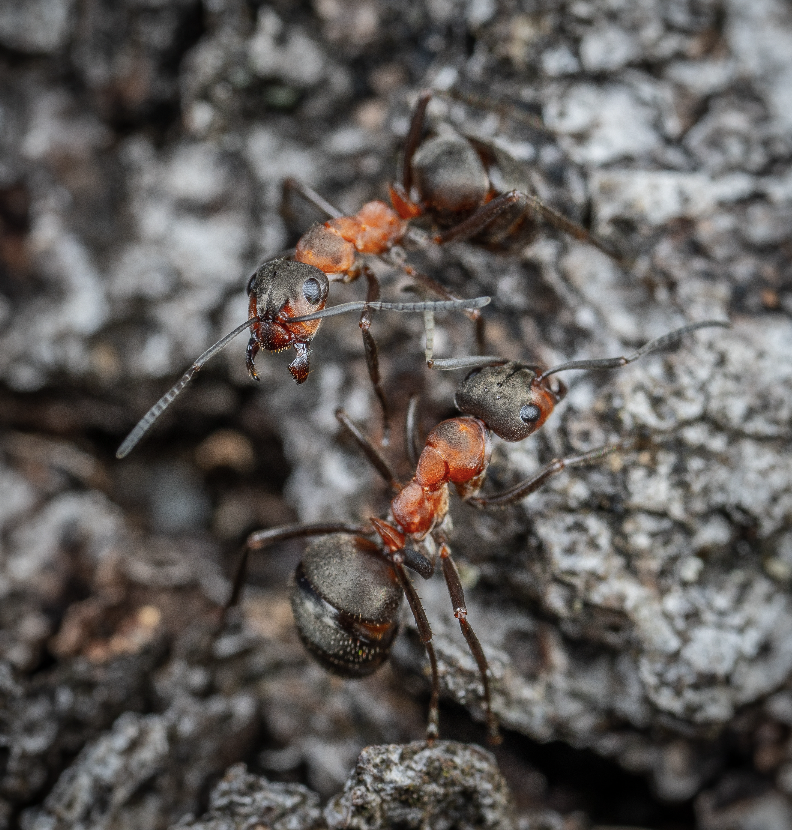Fact Thursday: Let’s learn the origin of these hardworking insects!
It is quite important to know the history of living things to know how it can affect you. In this article, we will be driving down the history lane of the most hardworking insect, ANTS!

We will first introduce our guest for today!
An ant (family Formicidae) is any of roughly 10,000 species of socially habituated insects (order Hymenoptera) that live in structured colonies. Ants are found all around the world, although they are especially frequent in warmer settings. They range in size. They are typically yellow, brown, red, or black in hue. A few taxa, such as Pheidole in North America, have a metallic luster. An ant has a big head and a slender, oval abdomen that is connected to the thorax, or center, by a little waist. Every ant has one or two finlike extensions that go over the narrow waist area. The antennas are constantly elbowed. The jaws are divided into two pairs: the outer pair is used for transporting items such as food and digging, while the inner pair is utilized for chewing. Some species have a strong sting on the tip of their abdomen.
Within a colony, there are three castes, or classes: queens, males, and workers. Most ants reside in nests made of twigs, sand, or gravel that can be found in the ground, under a rock, or built above ground.
Now, onto their history!
Ants initially evolved on Earth between 140 and 168 million years ago, during the Jurassic period, when dinosaurs roamed the planet and cone- and spore-bearing species such as pines and ferns dominated plant life. Ants were sparse in comparison to other insects until roughly 100 million years ago, when flowering plants began to blossom and produce flowers and fruits.
Flowering plants supply ants and their near relatives with a plethora of fresh food sources and homes. Different ant species have developed over time to fill various ecological needs. Some nested in the forest floor, while others nested in the leaf litter. Some foraged for plant fruits, leaves, and seeds, while others hunted pests that preyed on these flowering plants.
Through all of these geographical and climatic transitions, ants survived and thrived, eventually conquering nearly every landmass on the planet. Scientists have identified over 12,500 species to date, but expect another 10,000 to be discovered in the future. Ants, the most dominant insect on Earth, are so widespread in the tropics that their biomass exceeds that of all vertebrate mammals! Now tell me something more interesting than this!
So, what is the key to their success? Their DNA record contains the story. Ant DNA demonstrates how they have evolved and branched in response to alterations in their climate, geology, and geography throughout their long and illustrious history. Scientists can learn more about the features that make distinct ant varieties and other related insects more adaptable or sensitive to environmental challenges by analyzing ant genes, which can help researchers foresee possible reactions to events like climate change.
Now what?
Nevertheless, despite it being so interesting, we can’t remove the fact that having them in your home is unpleasant. Their infestation must be treated as soon as possible! So, if you have been a victim of these insects, contact a professional exterminator or, better yet, call Empire Exterminating at (888) 983-7668.


